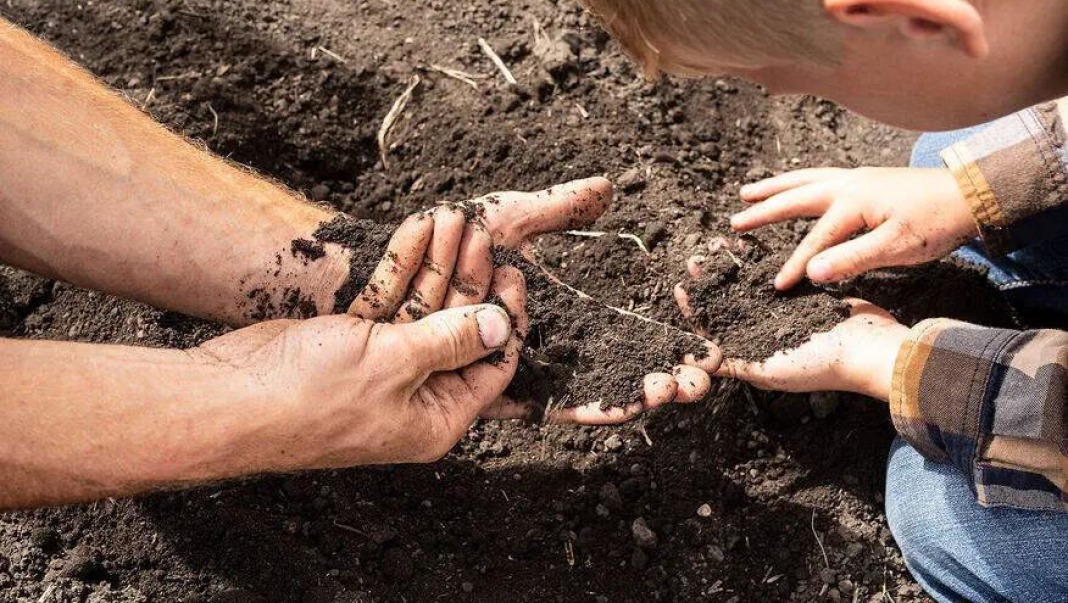How digital agronomy is revolutionizing soil sampling
Friday, February 28, 2025
Reference: Telus Agriculture

Soil sampling is critical in agriculture. Find out how modern sampling tools and capabilities are changing for the better thanks to new streamlined software solutions like TELUS Agronomy.
The agricultural process of soil sampling is critical for crop planning as it helps farmers optimize their resources, improve crop production, reduce environmental impact and ultimately increase the sustainability and profitability of their operations. What’s traditionally been a manual and tedious, but crucial, process for agronomists and ag retailers can now be streamlined and simplified thanks to advances in digital tools and technology.
What is soil sampling?
Not all soil is created equal. In agriculture, assessing a field’s soil quality and unique nutrient requirements before crop planning and planting is key when it comes to optimizing plant growth and preventing a disappointing yield. Soil sampling is the process of collecting a soil sample, or several soil samples, from a field and sending it/them off to a lab for thorough analysis (soil sample testing). This process is used to assess the soil's chemical, physical and biological properties – which are key for plant growth and farming.
The importance of soil sampling
Soil sampling is a must for agronomists and ag retailers because it enables them to plan crops wisely, optimize crop growth, diagnose and address soil-related problems and assess and strategically address soil contamination.
Traditional challenges in soil sampling
Traditional soil sampling methods are time consuming and come with a host of data management obstacles. Many still manage their soil-related data manually on paper and in spreadsheets, making it easy to lose track of findings. Combine the limitations of traditional soil sampling with the growing need to deliver extremely precise recommendations to growers in an often tight timeframe and you have a recipe for disappointment and frustration. Key issues for soil sampling and testing include:
- Managing multiple fields and zones
- Inefficiencies in data handling and lab coordination
- A lack of benchmarking tools for tracking fertility changes over time
- Time lost in manual processes, like label generation and task delegation
How digital agronomy tools are transforming soil sampling
Digital agronomy tools, like TELUS Agronomy, simplify and enhance the soil sampling process. They enable you to deliver faster, more accurate insights for growers. This empowers growers to make better, data-driven agronomic decisions.
What digital soil sampling tools enable you to do
If you currently handle soil sampling in a more traditional way, switching to a digital agronomy tool, like TELUS Agronomy, can help you work smarter.
With the right digital solution in hand you can:
Streamline operations
You can automate repetitive tasks like label generation, task assignments and lab coordination. You can also centralize data management to handle multiple fields and zones efficiently.
Improve precision
You can enable point-level sampling for targeted analysis. And you can benchmark fertility changes using reusable sampling points.
Boost collaboration
Most agronomists and ag retailers don’t work alone, so communication is key in the soil sampling process. With the help of digital agronomy tools, you can facilitate real-time tracking and task delegation between teams, and strengthen communication between agronomists, samplers and retailers.
Deliver results
When you’re armed with the right tools for the job, you can deliver data-driven recommendations with confidence. This in turn enables you to build trust with your clients by empowering them with faster, more accurate insights.
How TELUS Agronomy’s new advanced soil sampling tools can enhance efficiency and precision
Read more
Sign up to stay connected
- News
- Property Alerts
- Save your favourite properties
- And more!
Joining Farm Marketer is free, easy and you can opt out at any time.
